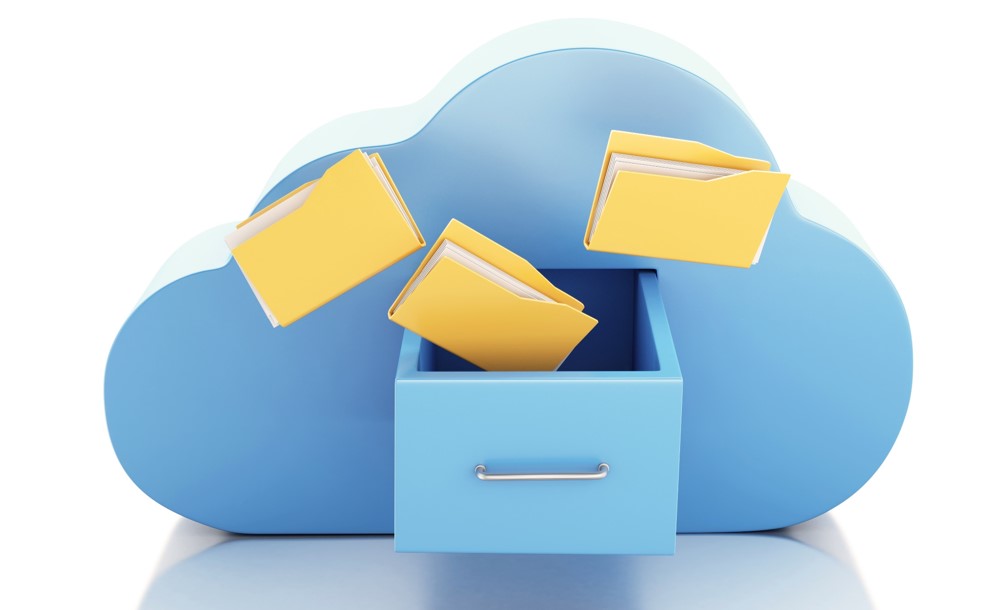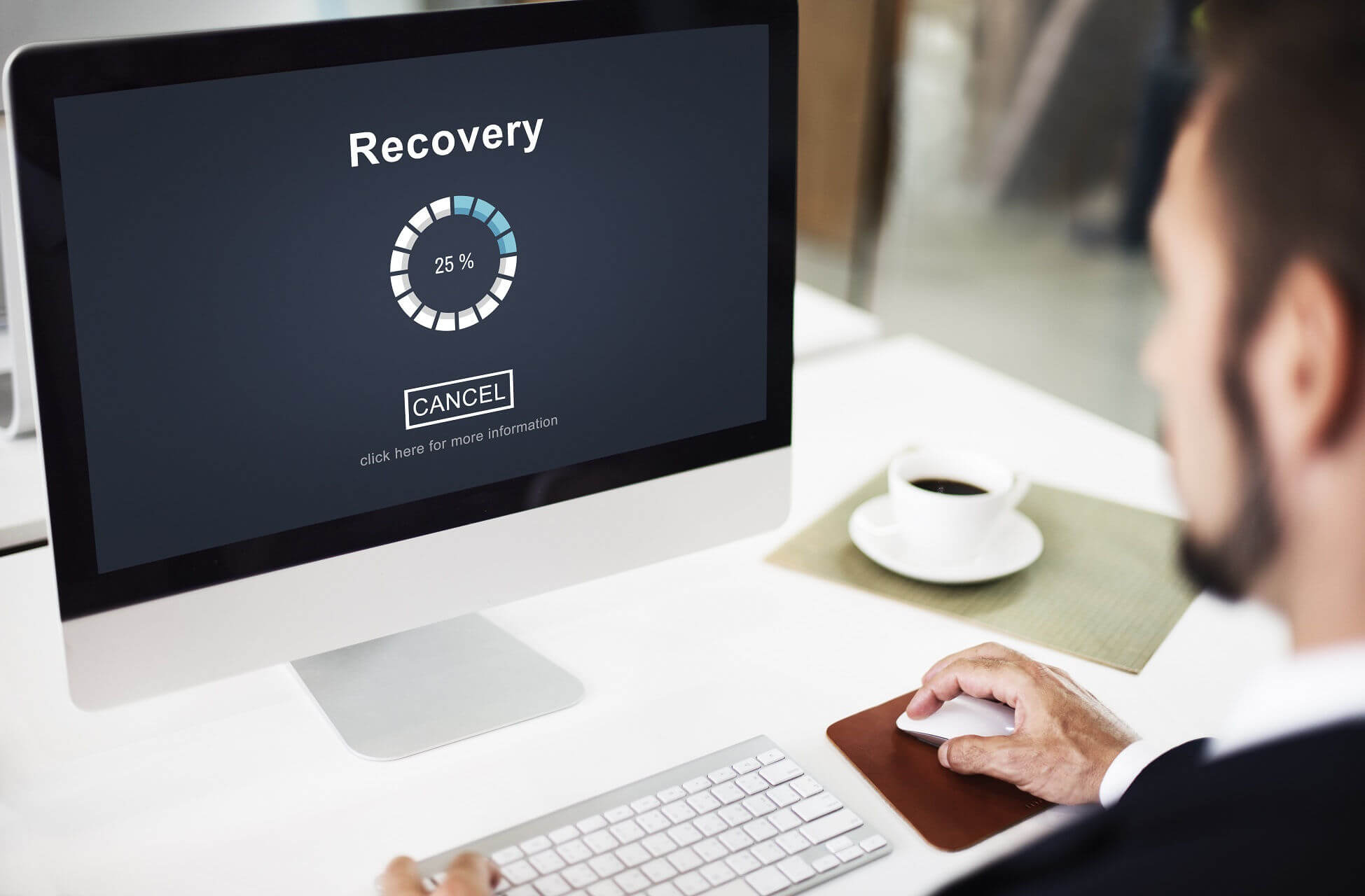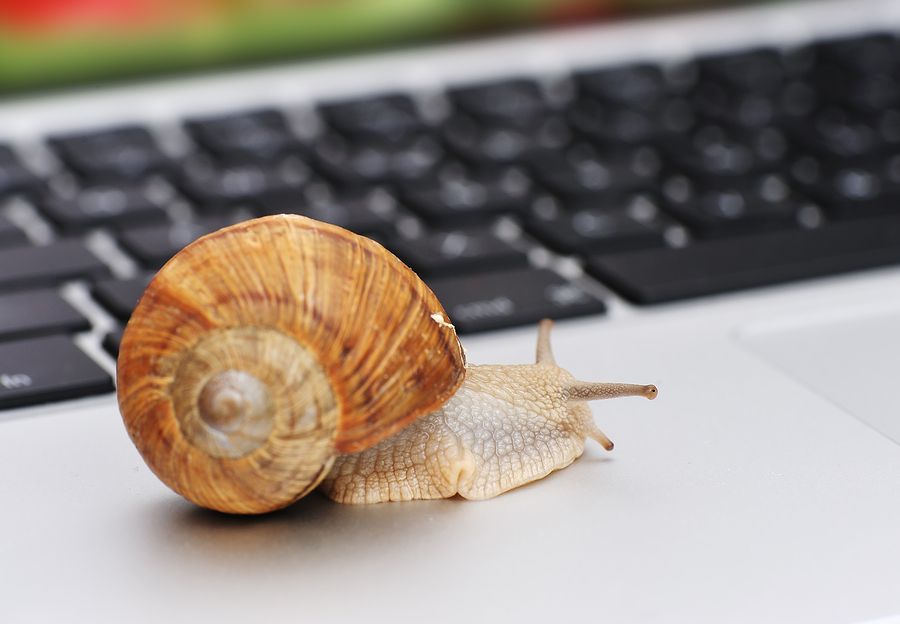How not to lose your precious files
Try an important and useful experiment with your relative. Say him that he just lost his aptops (or PCs) by any reason. Let him think what data he would say goodbye forever.
You will see how he thinks about it, turn pale and feel immense horror. Perhaps he copied “My documents” folder half a year ago. Perhaps his course work is saved on the Desktop and did not get in backup. Perhaps he never copied “My photos” folder, as it is too big. And so on and so forth.This man will immediately realize that if he would lose his computer right now (and it is more than easy as laptop can be stole, may fall down and left broken, hard disk of computer and laptop can just stop working, whatever), he would lose his bulk of important and valuable files that are stored only in that computer.
So… what can be done about it?
Right now, you should get off your backside and become busy with protection of your own information, besides modern tools allow doing it simply, quickly and effectively.
What is the most important thing here?
Firstly, maximize usage of Dropbox or similar cloud services. There is plenty of them; big services enable storage of great volumes of information free, with their help, you cannot only store your files “in a cloud” and extract any moment, but, as a rule, they can also save history of changes in files.
If cloud service does not understand labels and can synchronize its own folder only (as Dropbox, for instance), then the simplest is to put “My documents” folder in Dropbox folder – and that is all, files will be synchronized automatically.
Maximize usage of cloud services
Though Dropbox gives only 2 Gb of free space, that should suffice to average users.
OneDrive from Microsoft allocates 5 Gb,Google Drive — 15 Gb. Mega gives 50 Gb and, in addition, your data is coded and only after it transferred in a storage. Similarly can be listened a dozen of services where you can get for free from 10 to 50 Gb.
Secondly, it is necessary to do backups on the external drives. This should not be done manually every half a year, but on a daily basis with assistance of software.
Windows has every simple intrinsic backup too that is not widely known. It can be easily found as: Control Panel > Backup and Restore (Windows 7) or Start button > Settings > Update & Security > Backup (Windows 10). With this tool you can choose what data and folders to copy.
Use intrinsic Windows backup utilities
Backup can be scheduled in any convenient time. If you will still work on PC at that time, achieving will be hold at the background and you will barely notice it.
This all is absolutely free.
Thirdly – what can be done about pictures? This folder can be so huge! Cloud for this volume can be too expensive, besides, you may be suspicious about storing personal data on the Internet.
Simple advice is to use external drives, though say no to manual coping. There are some useful programs for this task as free Allway Sync, GoodSync, FreeFileSync etc.
It is fast and can synchronize data in both directions (it is useful when you have to synchronize desktop folders and laptop folders while travelling).
With this program, it is easy to synchronize photo album with removable hard drive, in addition, one or two hard drives can be hold in your relatives home and update with newer versions from time to time.
For backuping you can use Google Photos (or Google Sync). It gives unlimited volume for pictures storage with resolution up to 16 megapixels (pictures with better resolution would be shrink down), has such tools as face recognition tool and grouping in accordance to it, you can store picture from all your devices- all seems pretty fine if you are not bothered with the fact that now Google would be able to analyze your pictures.
 Use Google Photos or Google Sync services
Use Google Photos or Google Sync services
What is more, as we remember, Google is prone to killing its awesome services as it happened to Picasa and Google Reader. No one guarantees Google will close this service too. However, it is helpful for storing pictures from your smartphone: one day you may lose a phone but not memories.
Concluding:
— Any personal data should not have one copy on your computer;
— use cloud services for storing your files and pictures safely;
— use system services or special programs for daily backup creation:
— big volume of data (photo albums or music) save on hard drives;
— hard drives with important backups try to store in any other place (in a bank cell, in relatives or friends);








OK, thank you! I recently broke the comp. But specify in the title that the article is only for Windows users. OK?